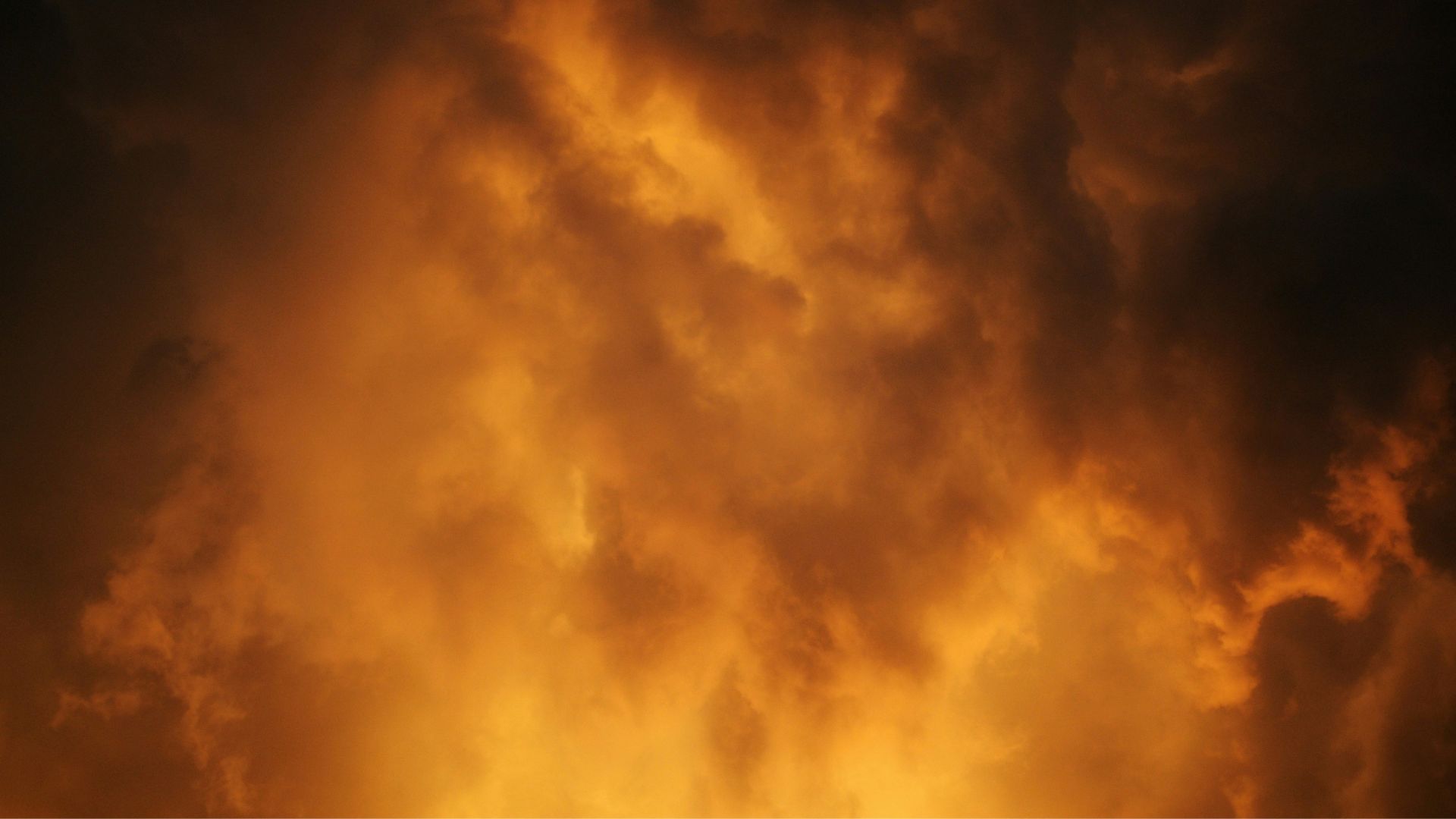Fire regimes result from reciprocal interactions between vegetation and fire that may be further affected by other disturbances, including climate, landform, and terrain. In this paper, we describe fire and fuel extensions for the forest landscape simulation model, LANDIS-II, that allow dynamic interactions among fire, vegetation, climate, and landscape structure, and incorporate realistic fire characteristics (shapes, distributions, and effects) that can vary within and between fire events. We demonstrate the capabilities of the new extensions using two case study examples with very different ecosystem characteristics: a boreal forest system from central Labrador, Canada, and a mixed conifer system from the Sierra Nevada Mountains (California, USA). In Labrador, comparison between the more complex dynamic fire extension and a classic fire simulator based on a simple fire size distribution showed little difference in terms of mean fire rotation and potential severity, but cumulative burn patterns created by the dynamic fire extension were more heterogeneous due to feedback between fuel types and fire behavior. Simulations in the Sierra Nevada indicated that burn patterns were responsive to topographic features, fuel types, and an extreme weather scenario, although the magnitude of responses depended on elevation. In both study areas, simulated fire size and resulting fire rotation intervals were moderately sensitive to parameters controlling the curvilinear response between fire spread and weather, as well as to the assumptions underlying the correlation between weather conditions and fire duration. Potential fire severity was more variable within the Sierra Nevada landscape and also was more sensitive to the correlation between weather conditions and fire duration. The fire modeling approach described here should be applicable to questions related to climate change and disturbance interactions, particularly within locations characterized by steep topography, where temporally or spatially dynamic vegetation significantly influences spread rates, where fire severity is variable, and where multiple disturbance types of varying severities are common.
Simulating dynamics and mixed-severity fire regimes: A process-based fire extension for LANDIS-II


